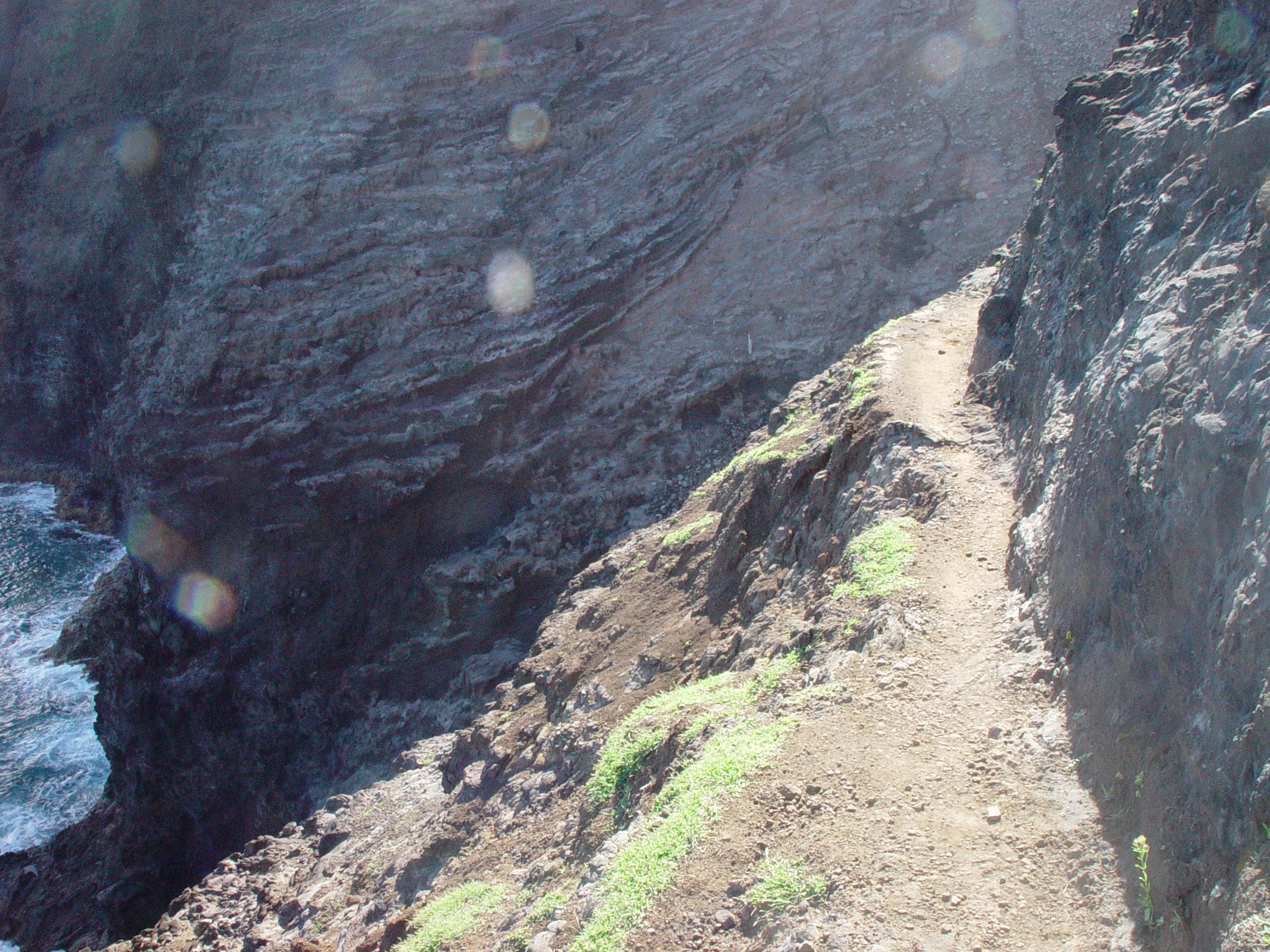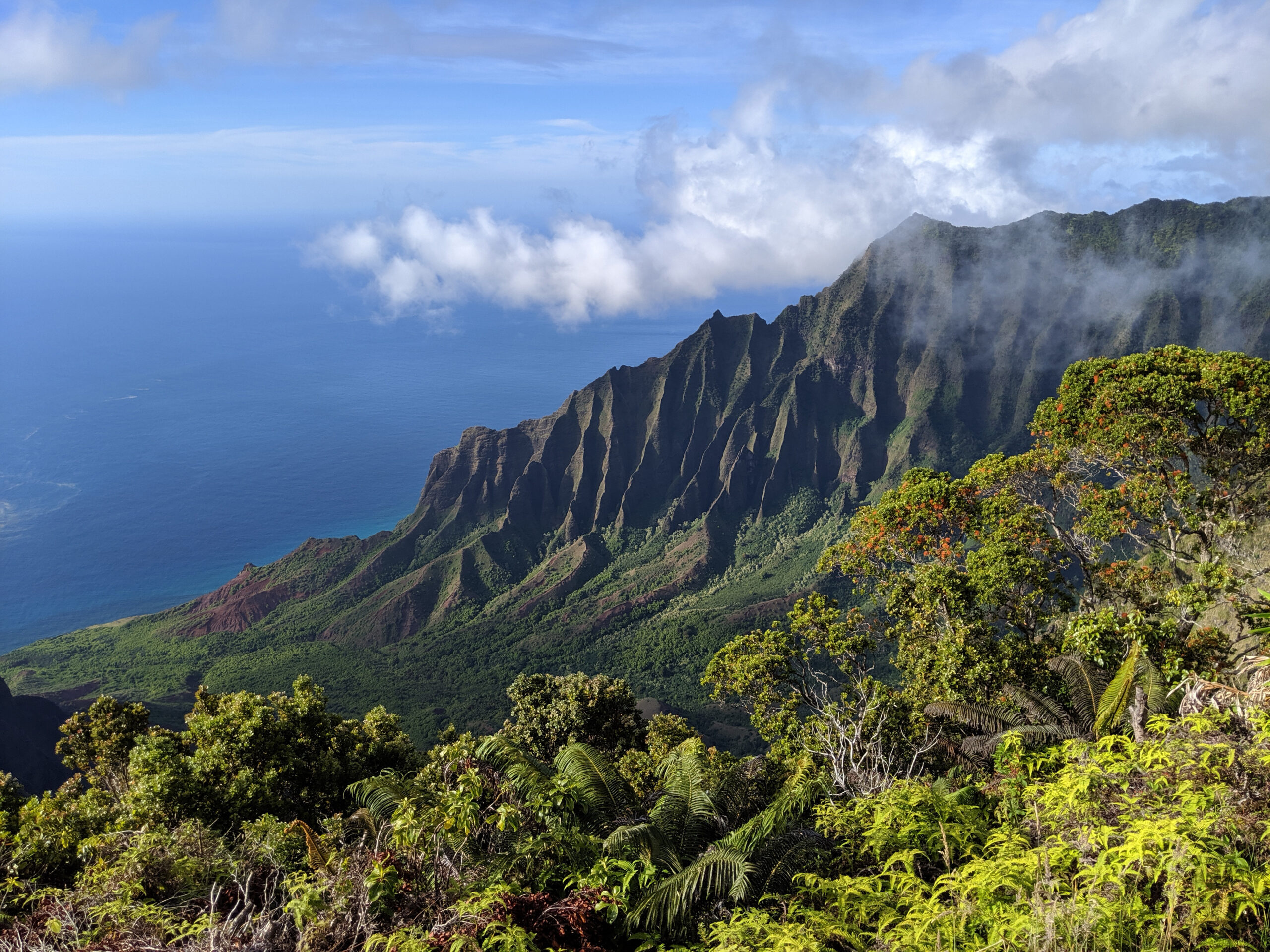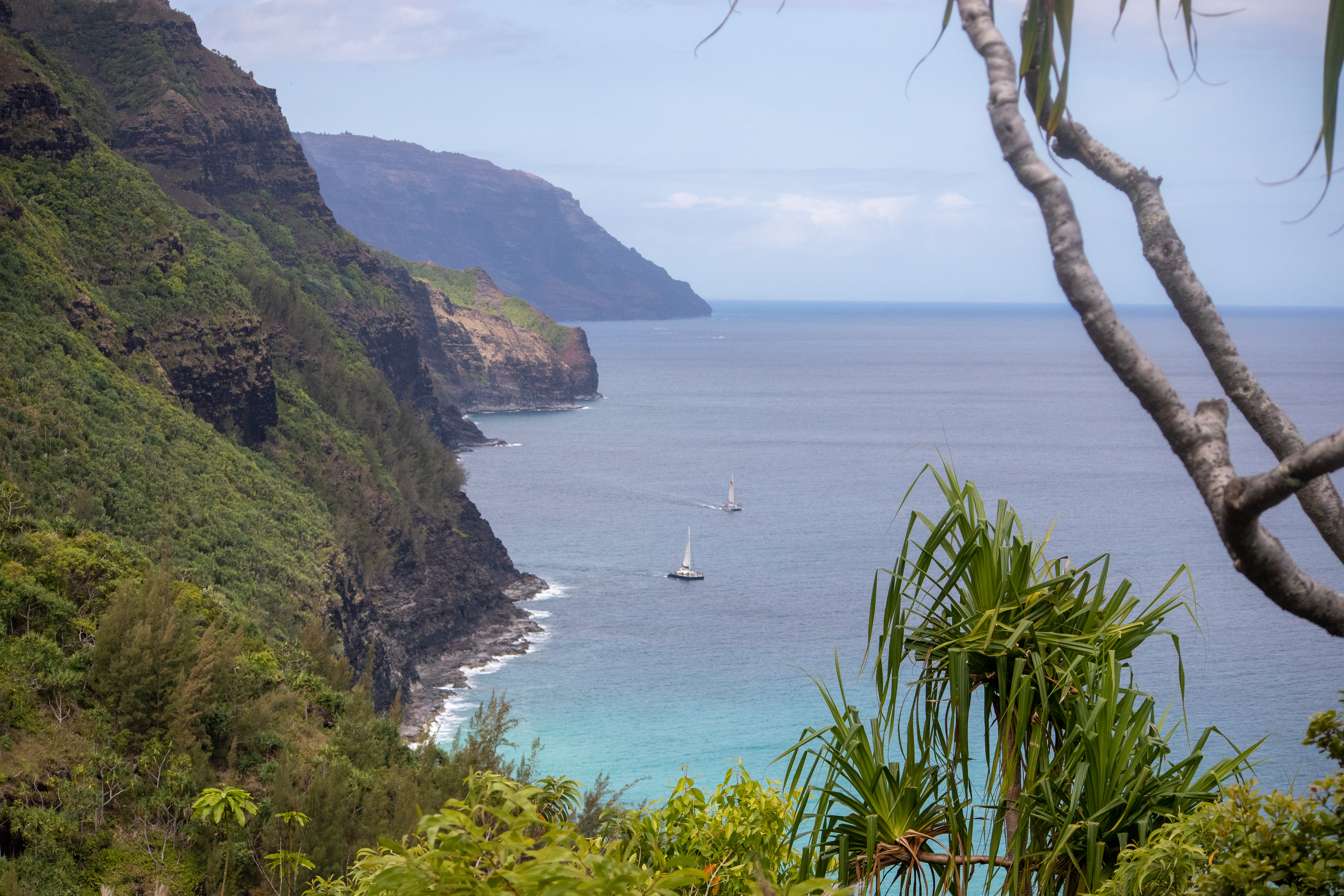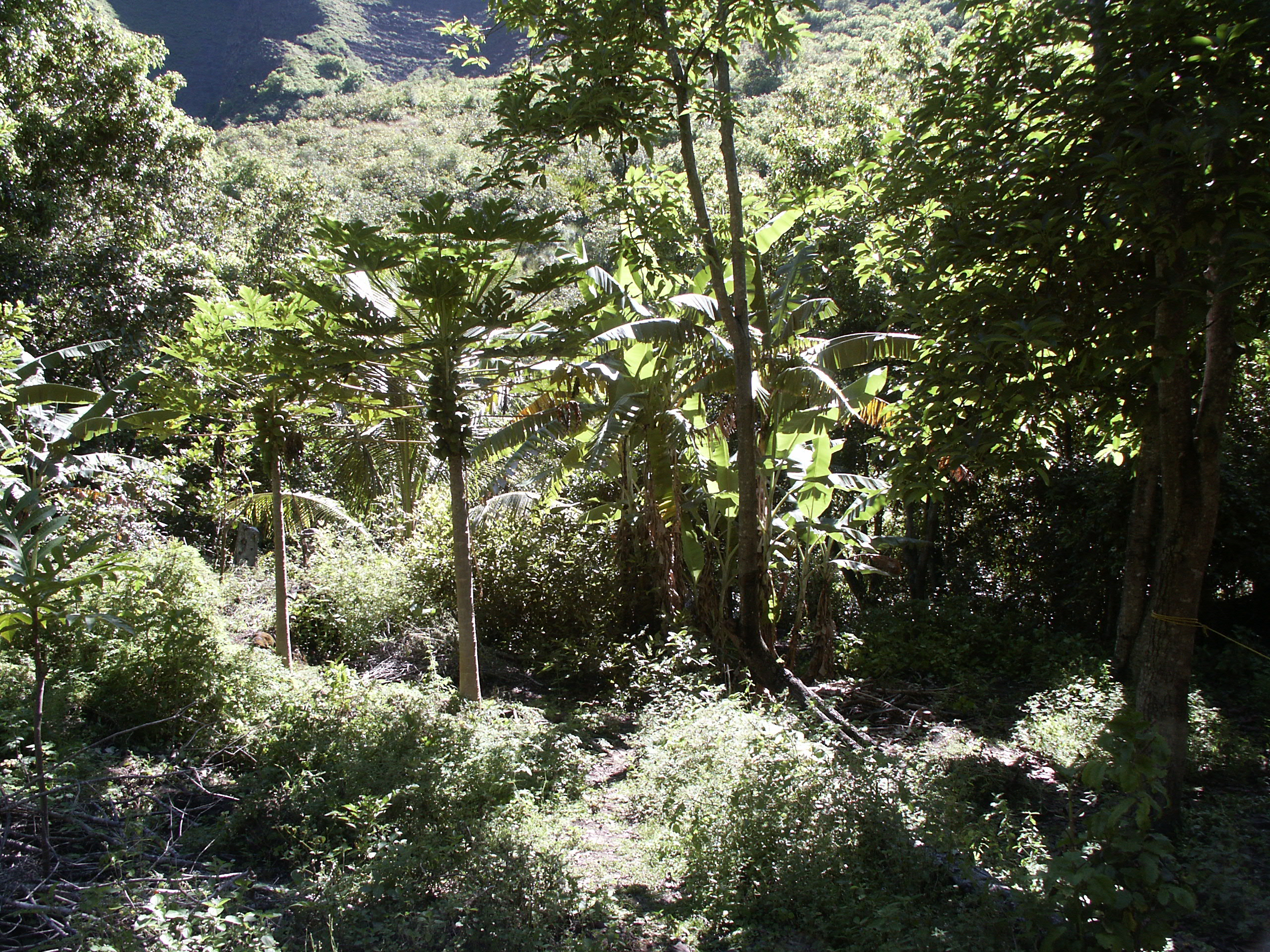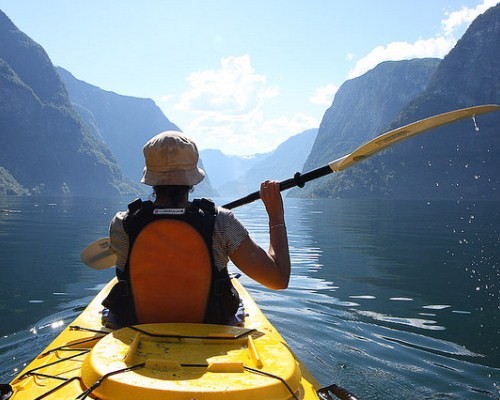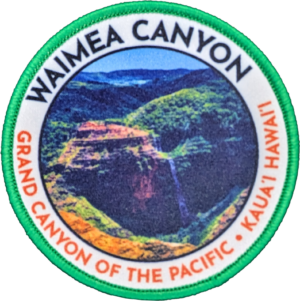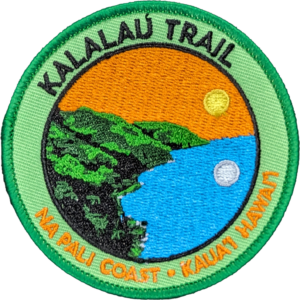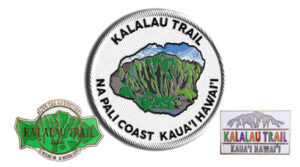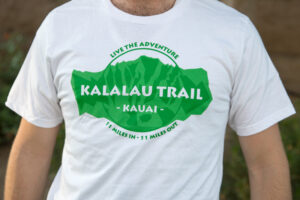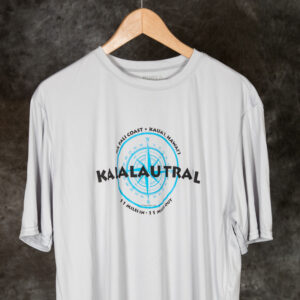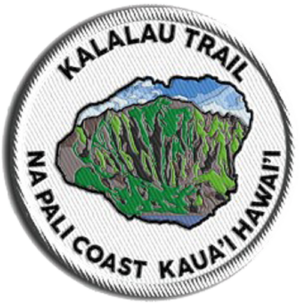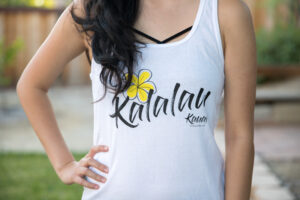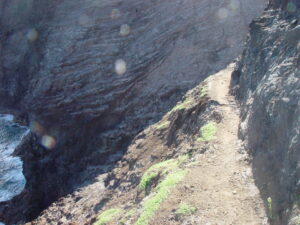 The Kalalau Trail is one of the most beautiful hikes on the planet. Hiking along the Napali Coast is awe inspiring and I wish everybody could experience it for themselves. Unfortunately, not every one should hike the trail. The trail is very dangerous. I can’t recommend it for those who aren’t in good shape. I also can’t recommend it for those who aren’t willing to be smart and obey rules and warnings. There are some true accidents that can’t be avoided but there are many other accidents can be.
The Kalalau Trail is one of the most beautiful hikes on the planet. Hiking along the Napali Coast is awe inspiring and I wish everybody could experience it for themselves. Unfortunately, not every one should hike the trail. The trail is very dangerous. I can’t recommend it for those who aren’t in good shape. I also can’t recommend it for those who aren’t willing to be smart and obey rules and warnings. There are some true accidents that can’t be avoided but there are many other accidents can be.
The Kalalau Trail has been called one of the most dangerous trails in America (See list at the bottom of the post) as well as one of the most dangerous trails on Earth. In the past 4 months alone we’ve seen articles like these:
- Kalalau Trail Hiker Swept Down Hanakoa Stream
- Man Falls to his Death on Steep Terrain in Kalalau Valley
- 121 Stranded Hikers rescued from Hanakapi’ai
Many other accidents/injuries go unreported. The fact is that streams along the trail can swell up to very dangerous levels with little or no warning, rocks can fall from the cliffs above hitting hikers and campers, the trail has sheer cliffs and narrow, often slippery trails, and strong riptides have claimed many lives at Hanakapi’ai. One of the rainiest spots in the world is just a few miles away. It rains between 330-360 days each year on Mount Waialeale totaling an average of 450 inches of rain each year.
Along with all these hazards you also have put up with many ups-and-downs, unstable, loose and narrow paths, sunburn, heat exhaustion, dangerous plants and animals, and leptospirosis. There are no emergency services along the way. There is no cell phone coverage to use to call for help.
Everybody who hikes on the trail should understand these hazards. Everyone should be capable of making smart decisions to minimize these risks along the trail. If hikers can’t do that, then I don’t suggest they hike the trail. I would suggest that everybody familiarize themselves with the trail’s Health and Safety concerns. Know the local weather forecasts and obey the rules outlined by the State of Hawaii when you get your permit.
People spend months planning and saving for this vacation of a lifetime. It’s not worth risking your life hiking where you shouldn’t be or crossing a stream where you shouldn’t be, even if it means missing your flight home.
The Kalalau Trail is amazing. Make your trip amazing by following the rules and being cautious.
- BackPacker Magazine: America’s 10 Most Dangerous Hikes
- Travel+Leisure World’s Scariest Hike
- Gear Patrol: 10 Dangerous Hikes
- Discovery Channel: One of America’s Most Dangerous Trails
- Outside Magazine: The 20 Most Dangerous Hikes
- List25: Most Dangerous Hikes on Earth

